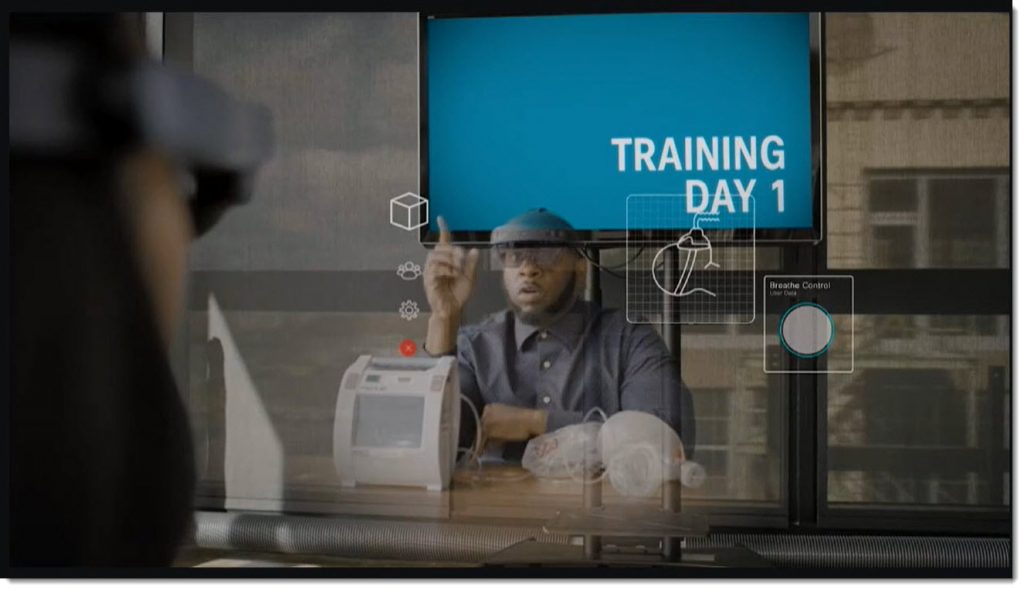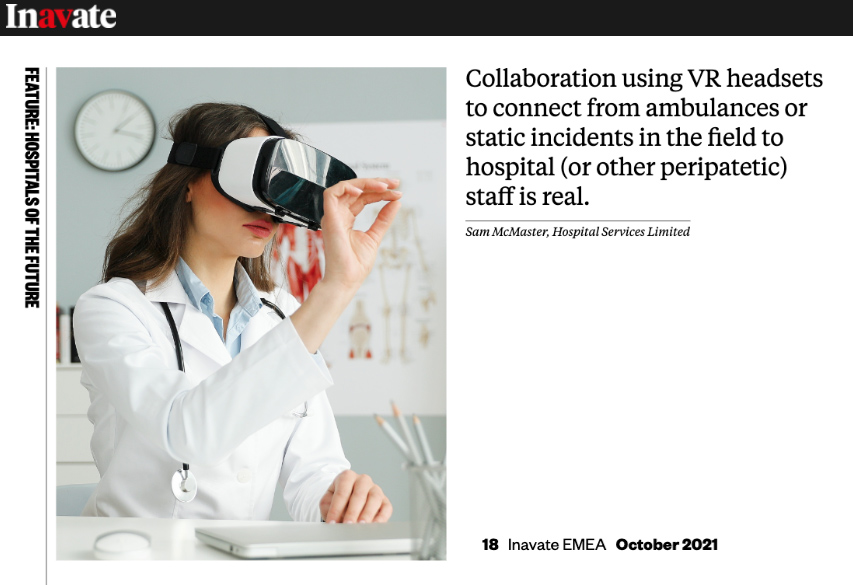DC: This should be very interesting to see how this plays out in the future! A real-time, holographic collaboration solution called “Webex Hologram.”
#Cisco #holographic #remotework #collaboration

DC: This should be very interesting to see how this plays out in the future! A real-time, holographic collaboration solution called “Webex Hologram.”
#Cisco #holographic #remotework #collaboration

The new frontier: Why visionary CLOs are switching focus to developing technical teams rather than people managers — from chieflearningofficer.com by Alastair Gordon
The new frontier for CLOs is this: How do we unleash the untapped potential of our technical experts to gain competitive advantage or community benefit?
Excerpt:
The race to develop talent is changing its focus.
Historically, success relied on developing extraordinary leaders to inspire and lead large groups of people. But today, and in the future, the new challenge for learning teams is to create an edge for their organization by radically improving their development of technical specialists.
Engineers, economists, researchers, software developers and data scientists — they’re in the vanguard of innovation. No other group has the same potential to create value, cut costs or introduce better processes. This trend is seeing early adopter organizations in the vanguard of a shift to rebalance the annual learning budget toward developing technical experts in nontechnical capabilities.
Also relevant/see:
Light Field Lab Unveils Modular Holographic Video Wall — from vrscout.com by Kyle Melnick
Along these lines…see:
BlueJeans Video Conferencing Giant to Launch Native Google Glass App for Remote Assistance — from next.reality.news by Adario Strange
Excerpt:
Starting in 2022, Glass Enterprise Edition 2 users will have the option of using a native version of the BlueJeans meeting software.
Like other enterprise AR wearables on the market, the primary use case for the dynamic will be in the realm of remote assistance, in which an expert in a faraway location can see what a Google Glass wearer sees and advise that team member accordingly.
From DSC:
Remote support is also occurring in healthcare. What might “telehealth” morph into?

How corporate universities fit into hybrid learning strategies of the future — from chieflearningofficer.com by Andie Burjek
While the onset of the pandemic challenged many organizations’ learning strategies, many companies have learned the true value of their brick-and-mortar facilities.
Excerpt:
Part of what KPMG did to accomplish this was break down its learning programs into component parts, he added. For example, one of their popular audit programs was broken down into parts like readings, coaching sessions, guided practices and more. These are known as “road maps.” The learning organization found that this was an effective way to convert in-person learning and maintain the quality and effectiveness of the learning.
“We will continue to leverage those roadmaps for a more holistic learning experience [and] to deliver on the promise of a blended learning experience,” Muñoz says.
“[Deloitte University] will continue to be an important part of our strategy, but our total mix will change in how we leverage the other modalities going forward,” Dingler says. “It will be a more purposeful, strategic and integrated mix than what they were in the past.”
What Makes a Successful Video? — from learningsolutionsmag.com by Bill Brandon
Excerpt:
For the purposes of this article, there are two kinds of videos. There are tutorials, in which you going to show a user how to do a task. And there are instructional videos, which will address interpersonal communication skills, leadership, and analytical tasks. There are some situations in which you may want to do a kind of combination of the two types. The exact names (tutorial and instructional) are not really important, but the purposes are.